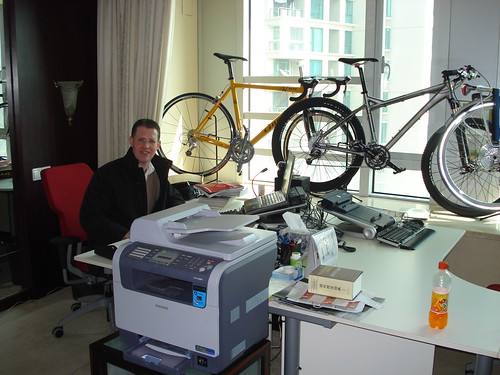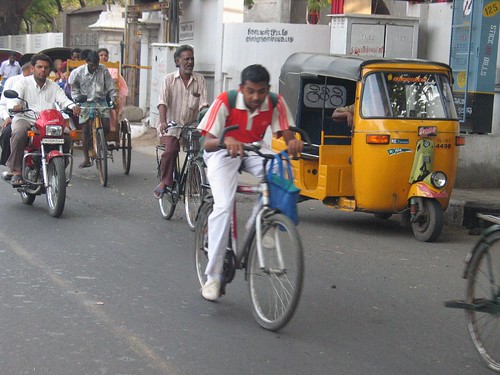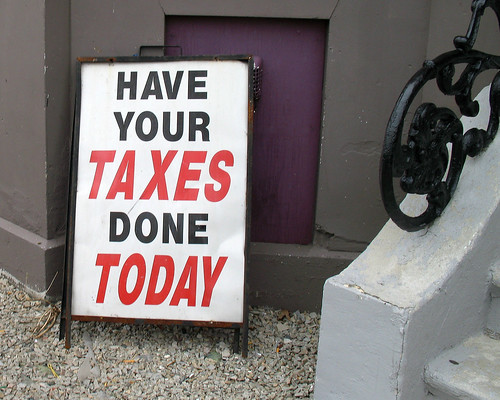Bike to Work Week Special: Ten Reasons Not to Bike To Work. All Debunked. Threefold
(Source: TreeHugger)

 The mayor of Copenhagen reckons Biking to Work in that city is as commonplace as brushing one’s teeth. But, as was evidenced by Utah’s plan to make cycling fashionable, much of the rest of the western world is well served by awareness-raising events like Bike to Work week. This week! In the US anyway. (In the UK Bike Week is 13 to 21 June and Australia’s Ride to Work Day is 14 October 2009)
The mayor of Copenhagen reckons Biking to Work in that city is as commonplace as brushing one’s teeth. But, as was evidenced by Utah’s plan to make cycling fashionable, much of the rest of the western world is well served by awareness-raising events like Bike to Work week. This week! In the US anyway. (In the UK Bike Week is 13 to 21 June and Australia’s Ride to Work Day is 14 October 2009)
But who needs some arbitrary date to get motiviated, huh? Dust off that racer, tourer, MTB or clunker in the garage, dig out the pant’s clips, or just tuck your duds into your socks and get pedalling.
And with “more than half the U.S. population lives within five miles of their workplace” it sure sound like a nifty idea, huh. Not withstanding that “over 66% of the adult US popula- tion is overweight and 32% of the US is obese,” which drains the nation health care purse of $68 billion in costs annually.
Now we know you’ve been putting it off for very good reasons. Ten of them, fact, according to the League of American Bicyclists, who have heard them all:
1. I’m out of shape
2. It takes too long
3. It’s too far
4. No bike parking
5. My bike is beat up
6. No showers
7. I have to dress up
8. It’s raining
9. The roads aren’t safe
10. I have to run errands
But they counter right back with three, yep, three methods to overcome each of these procrastinations. That’s 30 reasons why you can Ride To Work. So, be careful downloading the Getting Startedbrochure (PDF) from the League of American Bicyclists, because you’ll soon have no excuses left. Shown below is the exceprt from the brochure that offers the counters for excuses (page 13). Scroll the document to review the entire content.







 These were the two chief issues discussed during a public meeting at the Carter Road amphitheatre, Bandra (W), to popularise cycling in the city to check pollution and reduce traffic congestion. The meeting, which generated a buzz in the vicinity, had several passersby joining in. Also among the participants were young professionals working in the IT industry and call centres.
These were the two chief issues discussed during a public meeting at the Carter Road amphitheatre, Bandra (W), to popularise cycling in the city to check pollution and reduce traffic congestion. The meeting, which generated a buzz in the vicinity, had several passersby joining in. Also among the participants were young professionals working in the IT industry and call centres. 